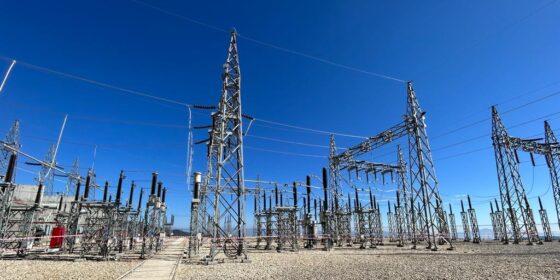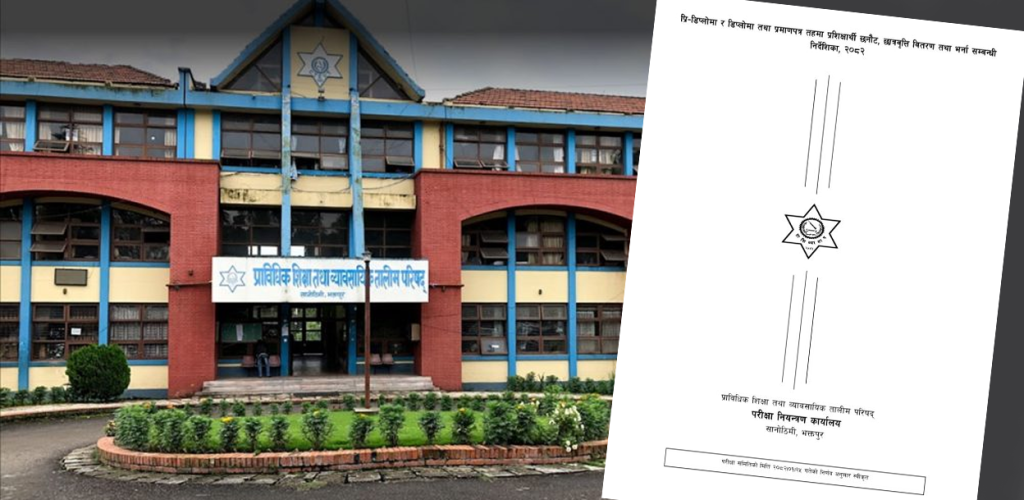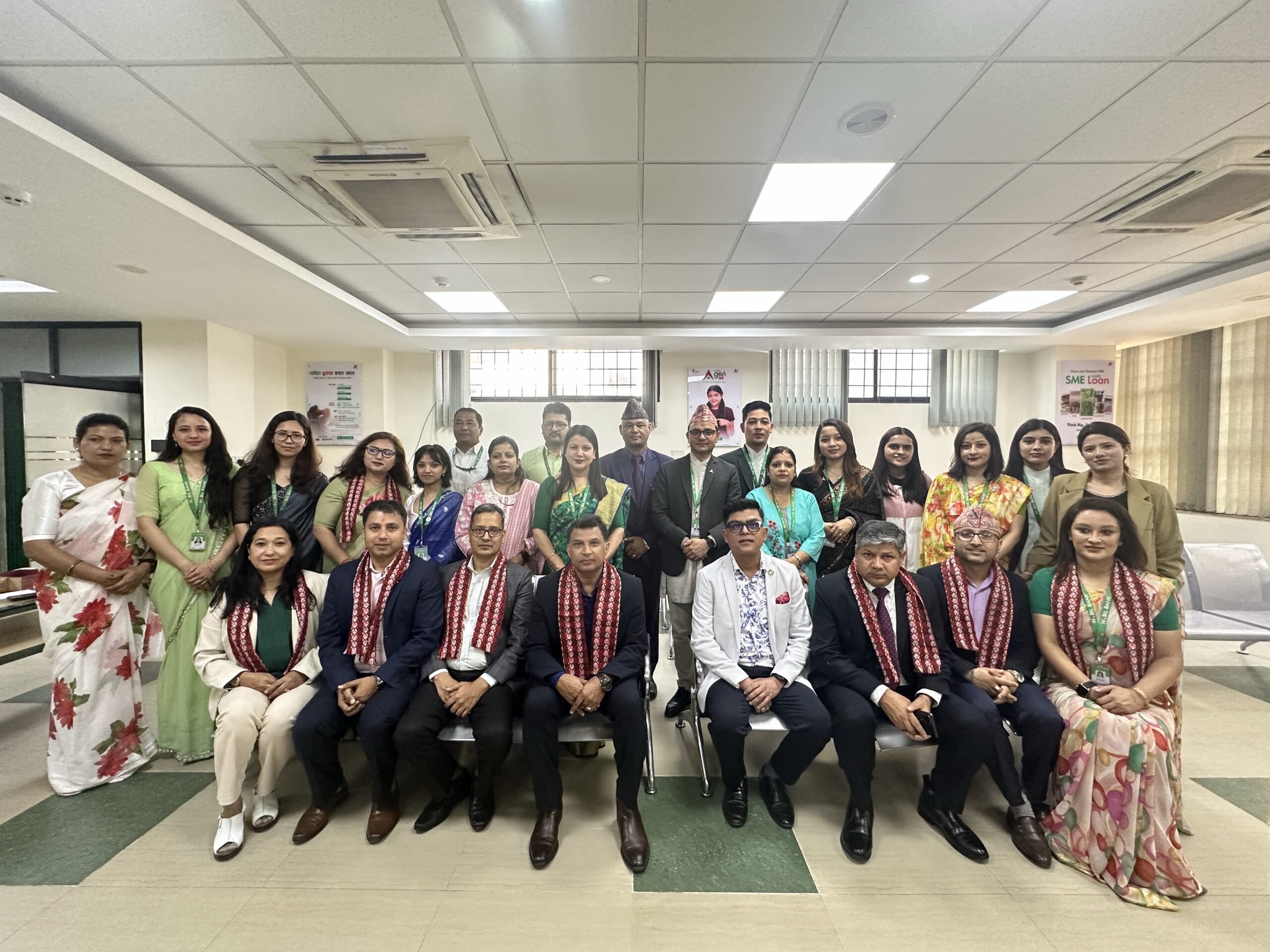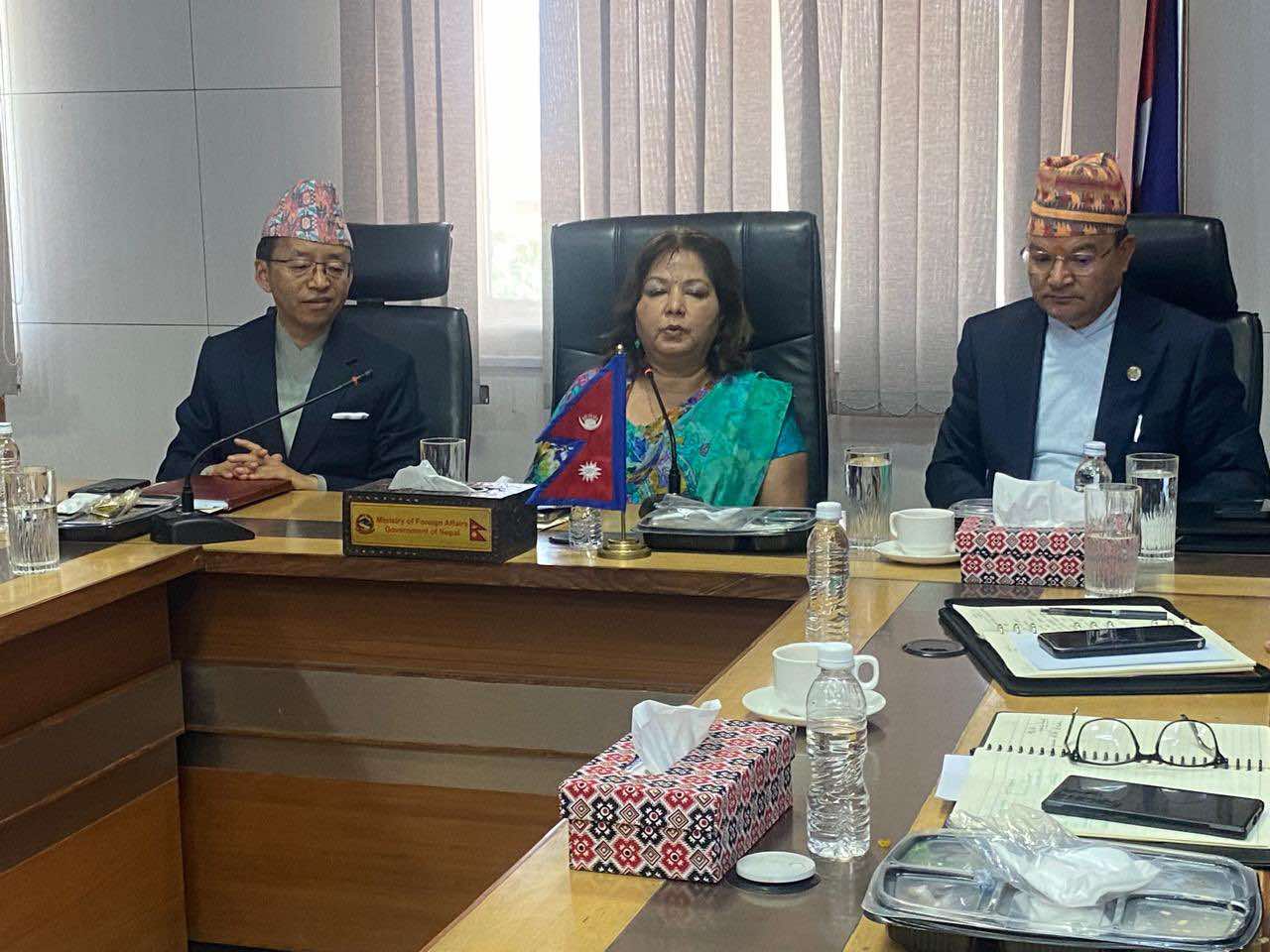
Kathmandu, The Vasantpur substation, built under the 220-kilovolt (kV) transmission line project in Dharmadevi Municipality, Sankhuwasabha, as part of the Koshi Corridor, is now operational.
The Nepal Electricity Authority successfully initiated the operation of the Vasantpur substation, with a capacity of 220/132/33, constructed at an elevation of 2,450 meters above sea level. The substation was commissioned on Sunday. Additionally, the substations of Sunsariko Inruwa, Sankhuwasabha, Tumlintar, and Baneshwar 220 have been operational since last year, following a contract agreement of US$ 2.61 million signed with the Indian company L&T in 2075 for the construction of these substations.
Kulman Ghisingle, Executive Director of the Nepal Electricity Authority, emphasized that the foundation has been established to facilitate the flow and distribution of generated electricity through the National Transmission System. This system, constructed by the private sector, spans Taplejung, Tehrathum, Sankhuwasabha, and Bhojpur districts in the Kosi region.
“The transmission line and substation are ready, while hydropower projects are under construction. The Nasdaq 220 line is also in the process of running at reduced capacity,” stated Executive Director Ghisingle. “Electricity generated in the hilly districts of the Kosi region will be supplied to Morang and Sunsari districts through the Inruva substation. It has become the main production source for electricity supply in that area, ensuring voltage improvement and a complete, high-quality electricity supply.”
Electricity will be supplied from the Vasantpur substation to Tumlintar and the Dhungesanghu substation in Taplejung. Vasantpur, Sunsari, has also erected a double-circuit tower of 220 kV up to the Inruva substation located in Bhokraha Narsingh Municipality, bringing the tower into operation by running only one wire tensioner in one direction.
The construction of one circuit of the dual-circuit transmission line covering about 30 km from Vasantpur to Tumlintar via Baneshwar has been completed. The total length of the Inruwa-Vasantpur-Tumlingtar transmission line is 105 kilometers. When double-circuit towers are constructed, only single-circuit wires are utilized for operation.
Tumlintar, Vasantpur, and Baneshwar substations, along with transmission lines, have been developed under the Koshi Corridor 220 transmission line plan, facilitated by a loan from the Government of Nepal and the Export-Import (EXIM) Bank of the Government of India.
The electricity generated from the Arun and Tamor rivers, as well as their tributaries like Kholanalama and the ongoing Koshi Corridor 220 hydropower project, will be connected to the Inruwa substation through the transmission line. The Kosi Corridor has been constructed to link the hydropower projects in Bhojpur, Sankhuwasabha, Tehrathum, and Taplejung in the Kosi state with the national transmission line.
Substations of the Vasantpur-Dhungesanghu (Taplejung) section transmission line and the Dhungesanghuma 132 under the Kosi corridor are also under construction. Only 6 towers remain to be constructed in the 128-tower, approximately 34-kilometer double-circuit transmission line. The goal is to complete the transmission line by stretching 26 kilometers of wire for one circuit.
The contract agreement for the construction of the arc circuit of the Vasantpur-Dhungesanghu 220 transmission line has been signed, and the work has commenced. The Government of Nepal and the Nepal Electricity Authority aim to complete the work within the next month.
The construction of the Dhungesanghu substation is 95 percent complete. This transmission line will connect the 73-73 MW Central Tamor and Central Mevakhola Hydroelectric Projects, which are in the final stage of construction in Taplejung.
The estimated cost of the transmission line project is US$ 112 million, and the construction has been carried out under the concessional loan provided by the Government of Nepal and the Exim Bank of India. The Exim Bank of India project has a soft credit flow of US$ 90 million.
Through the Kosi Corridor transmission line planning, about one thousand MW of power can be transmitted from Tumlingtar to Basantpur, approximately one thousand MW from Dhungesanghu to Vasantpur, and about two thousand MW from Vasantpur to Inruwa. The Koshi Corridor represents Nepal’s longest-distance transmission line to date.







